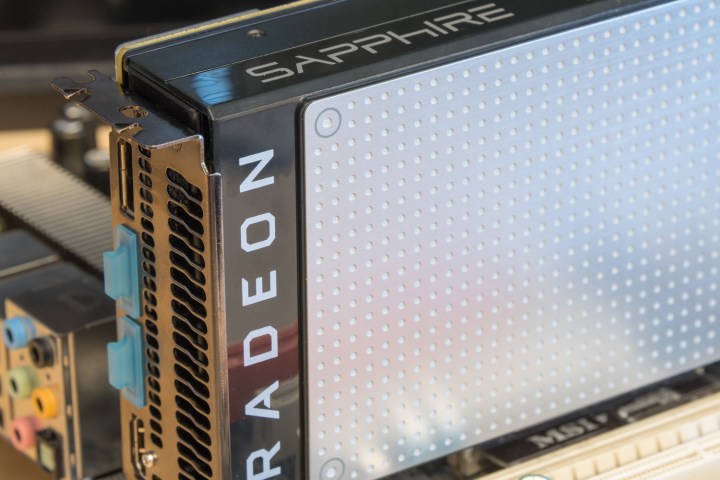
In 2016, the newest suite is dubbed Crimson ReLive and it brings a number of new capabilities such as Radeon Loom, integrated benchmarking, TressFX 4.0, and more. One feature, Radeon Chill, is a power-saving feature that not only sounds good in theory but actually has a real-world impact, according to The Tech Report.
In theory, Radeon Chill is meant to regulate frame rates in real time based on what is happening in a running game. AMD says that the feature can save as much as 31 percent power when turned on and reduce temperatures by up to 13 percent. By rendering frames as they are queued for processing instead of waiting for the next frame to be queued, Radeon Chill can take some time off between rendered frames.
The way to measure the impact of Radeon Chill is to look at the average frame time in milliseconds, with increases in frame time meaning that the GPU can rest for longer periods between rendered frames. The Tech Report ran some tests that demonstrated how Radeon Chill dynamically adjusts frame times in the latest update and provides the added benefit of improved user input responsiveness, another benefit touted by AMD.
While games run at higher frame rates overall with Radeon Chill turned off, The Tech Report noted that overall responsiveness was improved. According to these results, Radeon Chill provides improvements in thermal performance and a quieter experience with less fan noise, while maintaining decent gameplay performance. According to another reviewer, a Sapphire Tri-X R9 290X ran at 72 degrees Celsius running Warframe with Radeon Chill turned on, while the game would push the GPU to 82 degrees Celsius without it — and with a much louder fan.
It’s great when a utility that is meant to accomplish an improvement actually does so in a measurable way. It would seem that AMD’s new Radeon Chill feature, integrated into the new Crimson ReLive suite of drivers and software for AMD GPUs, fits into that happy category.




